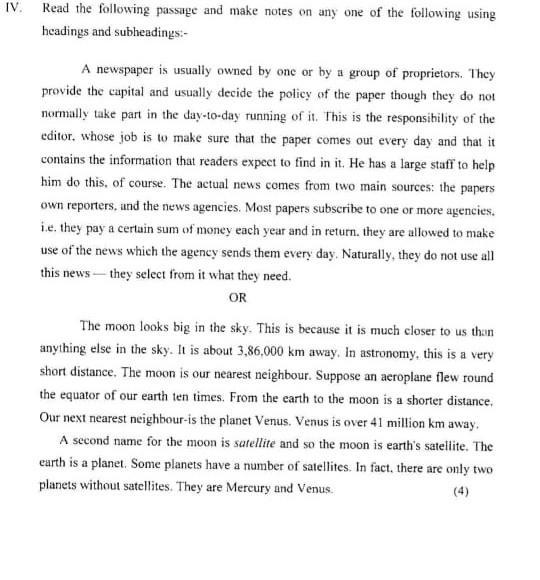1. Write the relation between Kc and Kp for the reaction PCl5 (g) ⇌ PCl3 (g) + Cl2 (g) correct answers gets the brainliest
-
Subject:
Chemistry -
Author:
ninaesparza964 -
Created:
1 year ago
Answers 2
Given to write the relation between the Kp and Kc . We have the relation of kp and kc by using that and given information finding the value of "n" then we can get the relation between them .So, Let's do ..
[tex] \: \: \: \: \: \: \: \: \: \boxed{ \sf \: \: k_p \: = k_c \:(RT) {}^{ \triangle \: n} } \bigstar[/tex]
Considering the reaction,
[tex] \sf \: PCl_5 \: (g) \: \ \leftrightharpoons \: PCl_3 (g)+ Cl_2(g)[/tex]
[tex] \sf \: \triangle \: n = (1 + 1) - 1[/tex]
[tex] \sf \: \triangle \: n = 2 - 1[/tex]
[tex] \sf \: \triangle \: n = 1[/tex]
Now, Substituting △n in the relation we have :
[tex] \: \: \: \: \: \: \: \: \: \boxed{ \sf \: \: k_p \: = k_c \:(RT) {}^{ \triangle \: n} } \bigstar[/tex]
[tex] \sf \: \: k_p \: = k_c \:(RT) {}^{ 1}[/tex]
[tex] \: \: \boxed{ \sf \large\orange{\: \: k_p \: = k_c \:(RT)} }[/tex]
So, the Relation between Kp and Kc of the given reaction is Kp= Kc(RT).
Note : While taking value of "n" only gaseous state is considered not where as solids ,gaseous ,aqueous are not to be considered.
-
Author:
conanwalsh
-
Rate an answer:
1
Answer:
KP > KC
Explanation:
PCl5(g) ⇋ PCl3(g) + Cl2(g)
KP = KC(RT)∆n
∆n = nP – nR = 2 – 1 = 1
∆n = +Ve
∴ KP > KC
-
Author:
adalyno6gt
-
Rate an answer:
10

